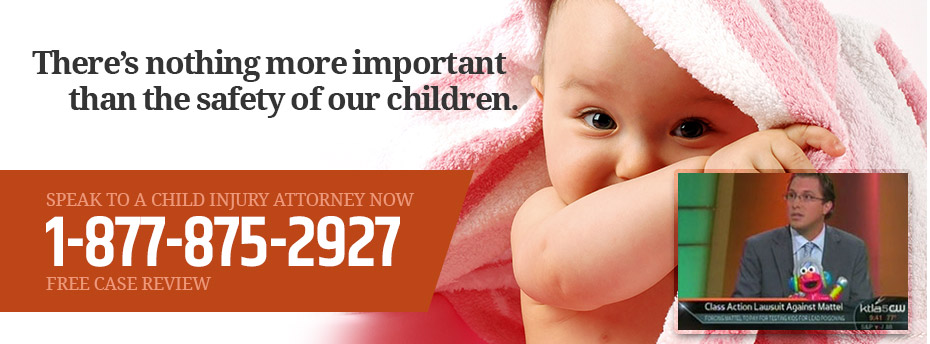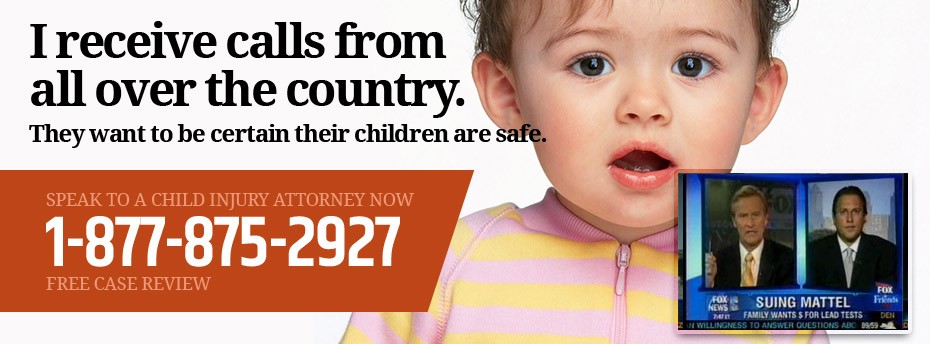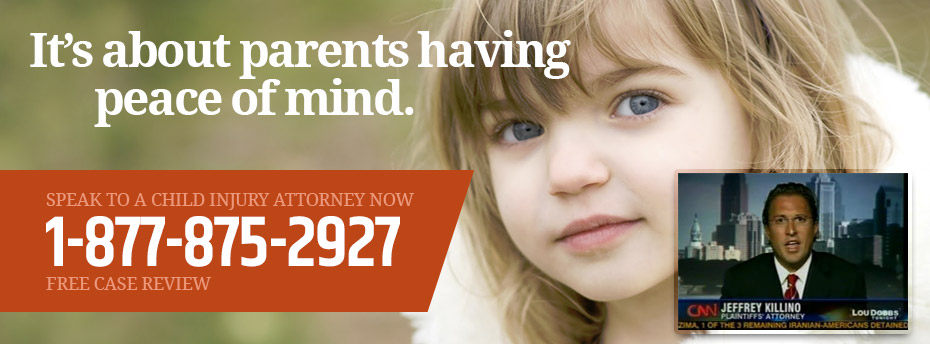Research recently published in Pediatrics journal shows that a specific form of rehabilitative therapy may “remodel” the brain by creating additional grey matter, specifically in the brains of children with cerebral palsy.
Gray matter is a portion of the brain and central nervous system described as the “brain’s computer chip” by co-author Gitendra Uswatte.
The research summarizes a study performed on 10 children, each of whom were given Constraint-Induced Movement (CI) therapy over a three-week time span. In order to track progress and see results, a MRI was performed prior to the technical start of the study, and another was performed at the end of the study.
Developed by Edward Taub, a professor at Auburn University’s Department of Psychology, CI therapy constrains the stronger of the two limb in a cast, compelling the child to use the impaired limb. The children included in the study had hemiparetic cerebral palsy, which means that the condition only impacts muscle use on one side of the body.
Beyond encasing the good limb in a cast, researchers required a continuation of the therapy at home, where parents encouraged the children to engage in daily activities using the weaker limb, including combing their hair, dressing themselves, and brushing their teeth.
According to study co-author and medical psychology graduate student Chelsey Sterling, “Following therapy we saw increases in the kids’ gray matter in the sensorimotor cortices and in the hippocampus. We don’t know exactly the cause, but it is correlated with improvements in motor skills.”
These results were not easy to obtain. As one child who was requested to perform the daily acts above said, “I have CP. Hasn’t anyone told you!”
According to Taub, it is still too early to determine whether the improved motor skills affected the gray matter or vice versa. He stated, “The brain change could cause the motor improvement or the motor improvement could cause the brain change.”
Co-author Uswatte plans to follow up the initial research by answering that question specifically. The prospective study would utilize both rehabilitative therapy and pharmaceutical supplementation, specifically, CI therapy and Prozac or fluoxetine.
Although the $2 million grant funding the study is currently on hold as a result of sequestration, Uswatte hopes that the study “will go some way to showing there is a causal relationship.”
“There’s lots of research that is ready to go that can help people and help patients that can’t be done because of the stalemate over the budget.”
Once approved, funded, and completed, the study could provide additional knowledge to assist children with cerebral palsy in maintaining a higher quality of life and gaining mobile independence.
If you are close to a child with cerebral palsy, you are very well aware of the struggles and hardships faced as a result of this unique, debilitating condition. Unfortunately, cerebral palsy is often preventable, and is often the consequence of a medical mistake or negligence. Cerebral palsy attorney Jeffrey Killino is very experienced with cerebral palsy and medical malpractice cases, and has the right combination of compassion and aggressiveness to ensure that you receive the compensation you are entitled to. Contact him today for a free case evaluation.





